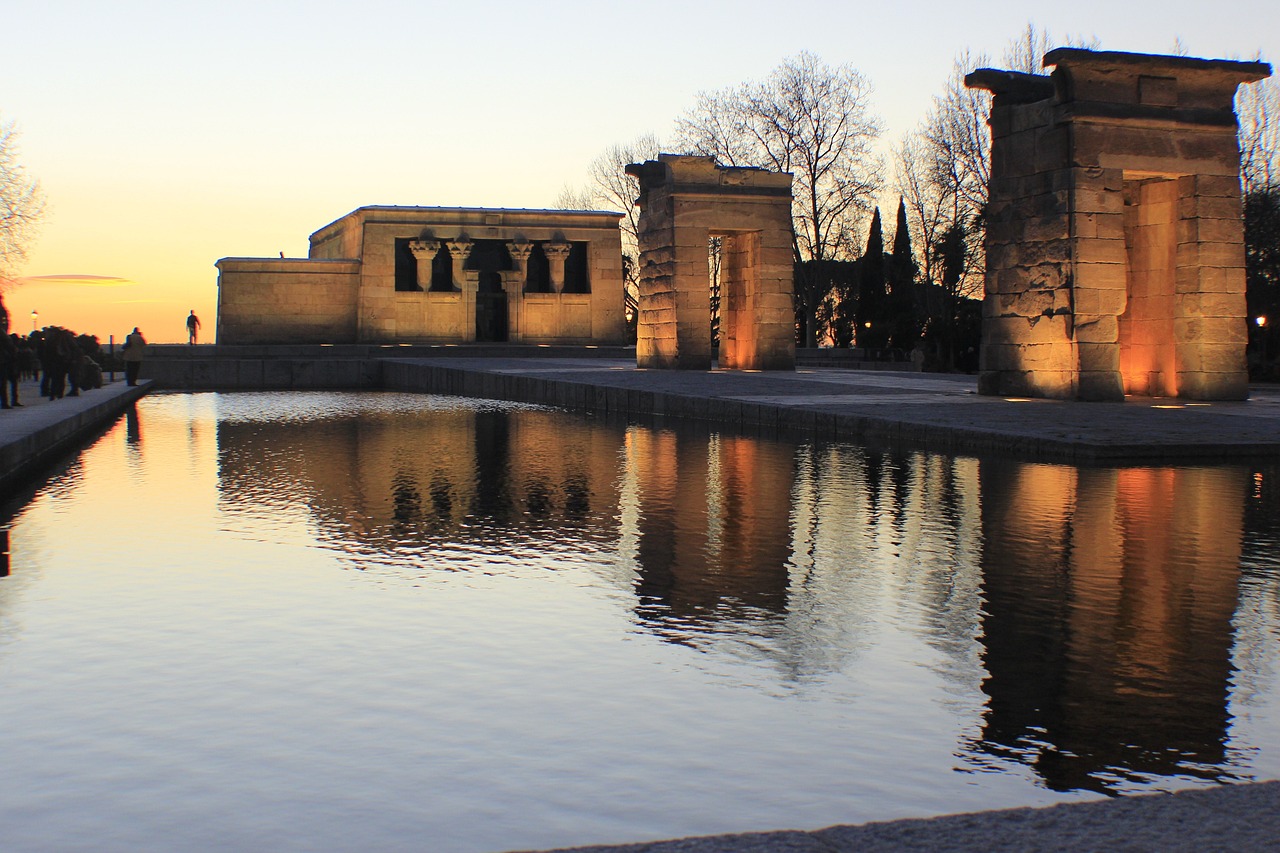
What may sound like the script of a science fiction film is a true story: On November 7, 1970, a serious accident occurred in the experimental nuclear reactor in the university city of Madrid. Dozens of liters of radioactive liquid escaped through a drain into the sewer system. From there, the contamination traveled via the Manzanares, Jarama, and Tajo rivers to the sea near Lisbon. On its disastrous journey, the radioactive liquid contaminated countless orchards and irrigated fields. Their produce—lettuces, tomatoes, eggplants—was unknowingly sold and consumed in markets, even though its radioactivity levels exceeded the limits considered safe for health by a factor of one hundred.
A Fatal Saturday
That November 7 was a Saturday. The employees of the Nuclear Energy Junta (JEN) in the university city, just a few meters from the Moncloa Palace and not far from the center of Madrid, understandably wanted to finish their work and start the weekend. Around midday, the transfer of 700 liters of radioactive waste from Tank A-1 of the M-I power plant, site of the Coral-1 nuclear reactor, to the waste treatment tank T-3 of the CIES power plant began. It was a routine procedure, but a serious error occurred: Whether a weld failed or a valve was defective is disputed. What is certain is that between 40 and 80 liters of highly radioactive liquid entered the sewer system.
The leaked liquid contained dangerous isotopes such as strontium-90, cesium-137, ruthenium-106, and plutonium particles – substances with long-term harmful effects on health and the environment. Although the plant’s head of radiation protection recommended an immediate halt just five minutes after the transfer began and the problem was discovered, the process—and thus the release of radioactive liquid—continued until 2:45 p.m., before the workers left for the weekend.
Radioactive Contamination of Agriculture and Rivers
The contaminated water flowed through the sewage system into the sewers, reaching the Manzanares, and from there the Jarama and Tagus. Elevated radiation levels were even measured at the mouth of the Tagus River near Lisbon. No action was taken until the following Monday.
This was one of the most serious radioactive contaminations in Spanish history. Whether the drinking water supply was also affected remains unclear. However, the contamination of orchards and irrigated areas along the Manzanares and Jarama Rivers has been confirmed. Radioactivity in many stretches of the riverbank exceeded 15,000 counts per second (cps), while normal values range between 100 and 120 cps. In Toledo, 10,000 cps were measured. In some parts of the Jarama River and in Aranjuez, levels were even 75,000 times higher than the permissible limit. Even on the JEN site, in the heart of the university city, radiation doses equivalent to a year’s accumulation were measured, exceeding the tolerable level by a million times.
The Franco regime covered up the incident. It decided to secretly and without further explanation to buy the contaminated crops from the region’s farmers. The majority of these crops were buried in the heart of the university city. However, the problem was that the entire harvest was not purchased, nor was this measure maintained in the long term, nor was cultivation prohibited in the affected areas. Two months later, the JEN Safety Commission recommended in a report that the consumption of vegetables from contaminated plots and irrigation with water from affected canals and rivers be prohibited. However, these measures came too late and were only implemented once. For years, vegetables from highly radioactive soils unknowingly found their way onto Madrid markets.
Long-term effects and legacy issues
In the following years, some farmers in the orchards along the Manzanares and Jarama rivers developed cancer. However, no studies exist that would prove a direct connection to radioactive contamination. Likewise, there are no studies on whether contaminated products led to an increase in cancer in Madrid and the other affected regions. However, it is documented that the incident left a radioactive footprint in soils, rivers, and some aquifers in central Spain. The banks of the Jarama River are still monitored by the Nuclear Safety Council, although residues of cesium-137 and strontium-90 no longer reach levels of concern. However, radiation levels in the university city itself are still higher than in the vicinity of an active nuclear power plant.
Why a nuclear reactor in the university city?
But why was there a nuclear reactor in Madrid’s university city in the first place? The Coral-1 reactor was a fast research reactor supplied by the United States, installed in 1968, it had the capacity to produce military-grade plutonium and was part of the “Islero Project” – the Franco regime’s attempt to develop an atomic bomb. Due to international pressure and the risks associated with operating such a reactor in a densely populated urban area, it was shut down in 1981.
Although TRIGA research reactors existed and still exist at universities around the world, reactors with military capacity existed in only two other major cities besides Madrid: Moscow and Buenos Aires. However, none of these were ever located in such a central and densely populated location as the reactor in Madrid.



